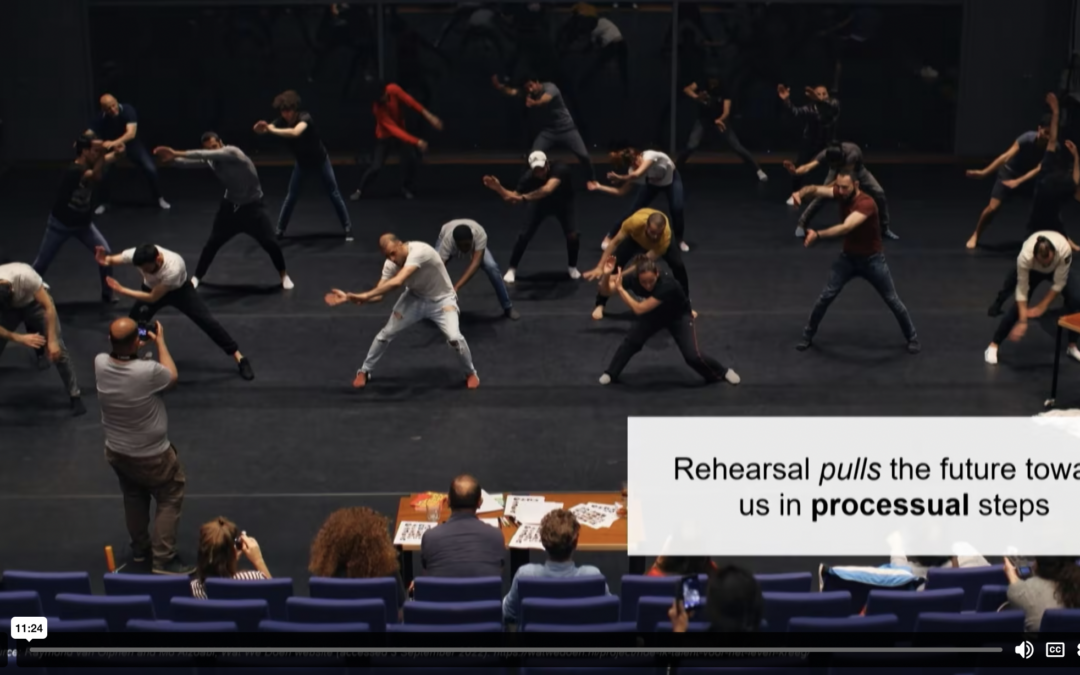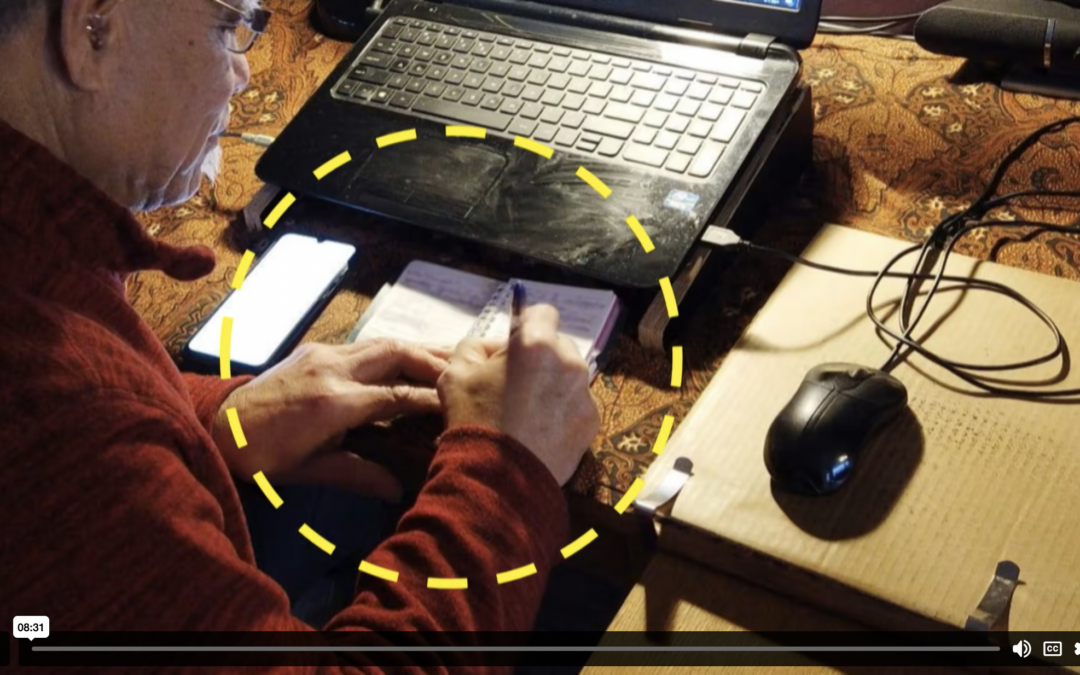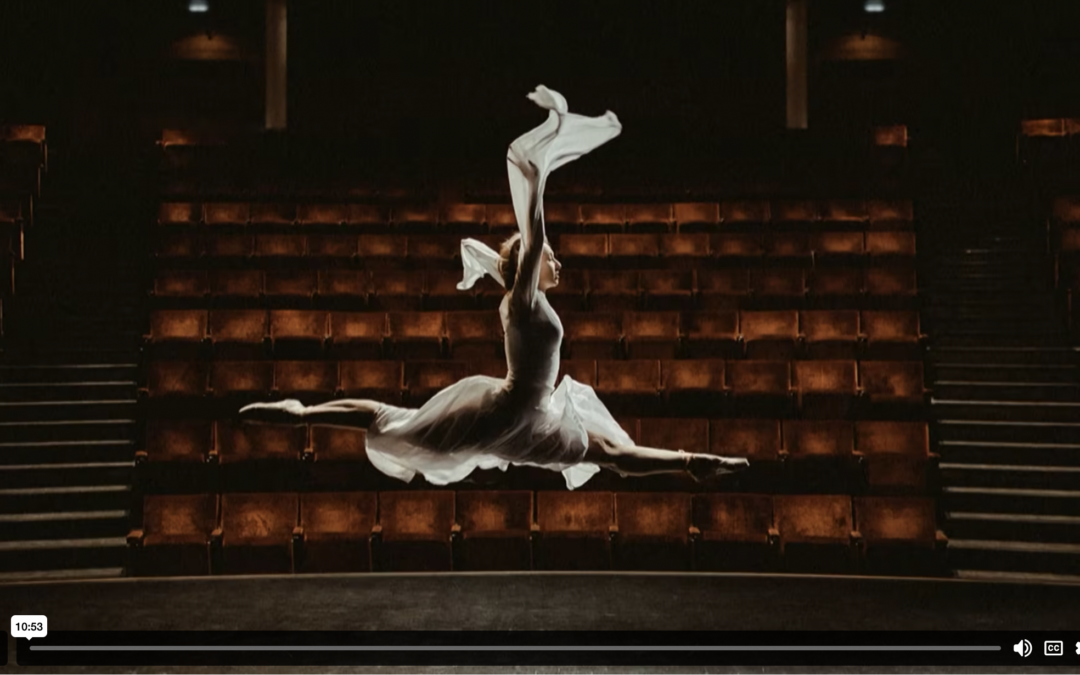Cultivating resilience while navigating uncertainty is crucial for refugees. In the Netherlands, after receiving asylum and the right to work, refugees are often urged to adapt or evolve in hopes of successfully...


Cultivating resilience while navigating uncertainty is crucial for refugees. In the Netherlands, after receiving asylum and the right to work, refugees are often urged to adapt or evolve in hopes of successfully...

In the Netherlands, approximately 2.5M people struggle to use technology in their daily life and are unable to use online governmental services independently. People with low digital literacy are increasingly...

This PechaKucha is drawn from research conducted as an organizational ethnography at The Dutch National Ballet (DNB), a renowned professional organization in the culture and arts sector in the Netherlands....